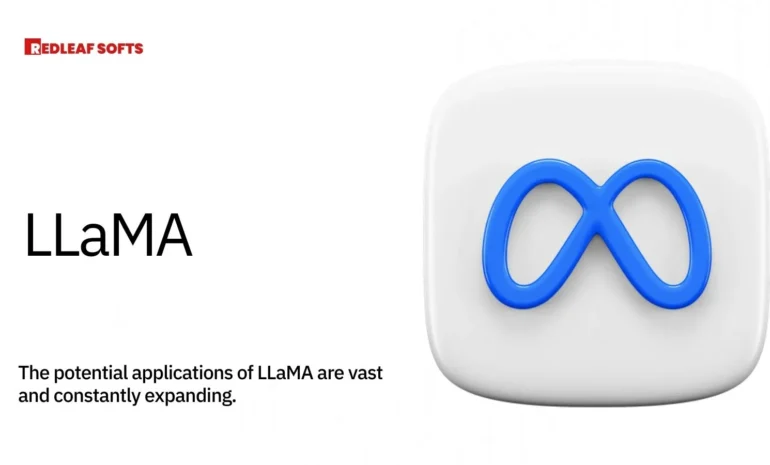The realm of machine learning (ML) can be intimidating, brimming with complex algorithms and esoteric jargon. TensorFlow, a popular open-source library, sits at the forefront of this field, empowering developers to build and deploy powerful ML models. But for beginners, understanding TensorFlow’s capabilities and intricacies can feel like deciphering an alien language.
This blog post aims to bridge that gap. We’ll embark on a journey to demystify TensorFlow, making it accessible for those with a basic understanding of programming and a curious mind. We’ll delve into its core concepts, explore its diverse applications, and equip you with the resources to begin your own TensorFlow adventure.
Unveiling the Fabric of TensorFlow: Building Blocks Explained
TensorFlow, at its heart, is a computational framework. It provides a platform to define, train, and execute ML models. But before we delve into model building, let’s unpack the fundamental building blocks:
Tensors:
The cornerstone of TensorFlow is the tensor, a multidimensional array of data. Imagine a spreadsheet with rows and columns, but extend that concept to encompass even more dimensions. Tensors can hold various data types, such as numbers, text, or images, making them versatile for diverse ML tasks.
Graphs:
TensorFlow models are represented by computational graphs. These graphs depict the flow of data between operations (like addition or multiplication) performed on tensors. Each node in the graph represents an operation, and the edges represent the flow of data between them. Building an ML model in TensorFlow involves constructing these computational graphs to define the desired transformations on your data.
Sessions:
Once you’ve crafted your computational graph, you utilize sessions to execute it. A session acts as an interpreter, feeding data into the graph and retrieving the results. Imagine a factory assembly line – the session is the conductor, ensuring data flows through the defined operations to generate the final output.
The Learning Process: Training Your TensorFlow Model
Machine learning thrives on the concept of learning from data. TensorFlow empowers you to train your models using various algorithms. Here’s a simplified breakdown of the training process:
Data Preparation:
The foundation of any ML project is data. You’ll need to collect, clean, and format your data into a format suitable for TensorFlow. This might involve converting images to numerical representations or ensuring text data is consistent.
Defining the Model Architecture:
Here’s where the magic happens! You define the structure of your model using TensorFlow’s building blocks. This involves specifying the layers of your neural network (if applicable) and the operations performed on the data at each layer.
Loss Function:
The loss function measures how well your model performs on a given task. It calculates the difference between the model’s predictions and the actual values. Think of it as a compass guiding the training process – the model strives to minimize the loss function, leading it towards better predictions.
Optimizer:
The optimizer is the engine that drives the training process. It utilizes the calculated loss to adjust the internal parameters of your model, iteratively refining its ability to learn from the data.
Evaluation:
Once training is complete, you need to evaluate your model’s performance on unseen data. This helps assess how well the model generalizes to new information, ensuring it’s not simply memorizing the training data.
TensorFlow in Action: Exploring Applications Across Industries
The versatility of TensorFlow extends far beyond a single domain. Let’s explore some compelling applications that showcase its transformative power:
Image Recognition:
From facial recognition in social media apps to self-driving car technology, TensorFlow excels at image recognition tasks. It can be used to train models to identify objects, classify images, and even generate realistic images based on user input.
Natural Language Processing (NLP):
Unlocking the power of human language is another forte of TensorFlow. It empowers developers to build chatbots that understand natural language, analyze sentiment in social media posts, or even translate languages with remarkable accuracy.
Recommender Systems:
The ever-present recommendation engines that suggest products you might like on online shopping platforms? Often, TensorFlow is the mastermind behind them. By analyzing your past purchases and browsing behavior, these systems leverage TensorFlow to make eerily accurate product recommendations.
Time Series Forecasting:
Predicting future trends is crucial for businesses across industries. TensorFlow can be used to analyze historical data like sales figures or stock market movements to forecast future trends, aiding in informed decision-making.
Scientific Discovery:
Even the world of scientific research benefits from TensorFlow’s prowess. Researchers can leverage its capabilities to analyze complex datasets, identify patterns, and accelerate scientific breakthroughs in various fields.
Conclusion:
TensorFlow might seem like a complex beast at first glance, but with its intuitive building blocks and vast learning resources, it empowers even beginners to embark on their machine learning journey. By understanding tensors, graphs, and the training process, you’re equipped with the foundational knowledge to build your own models.
The diverse applications of TensorFlow, from image recognition to scientific discovery, highlight its transformative potential across industries. Whether you’re a seasoned developer or an eager student, TensorFlow offers a powerful platform to delve into the exciting world of machine learning.
Ready to take the first step? Explore the wealth of tutorials, online communities, and courses available. With dedication and a touch of experimentation, you can unlock the power of TensorFlow and contribute to the ever-evolving landscape of machine learning.


